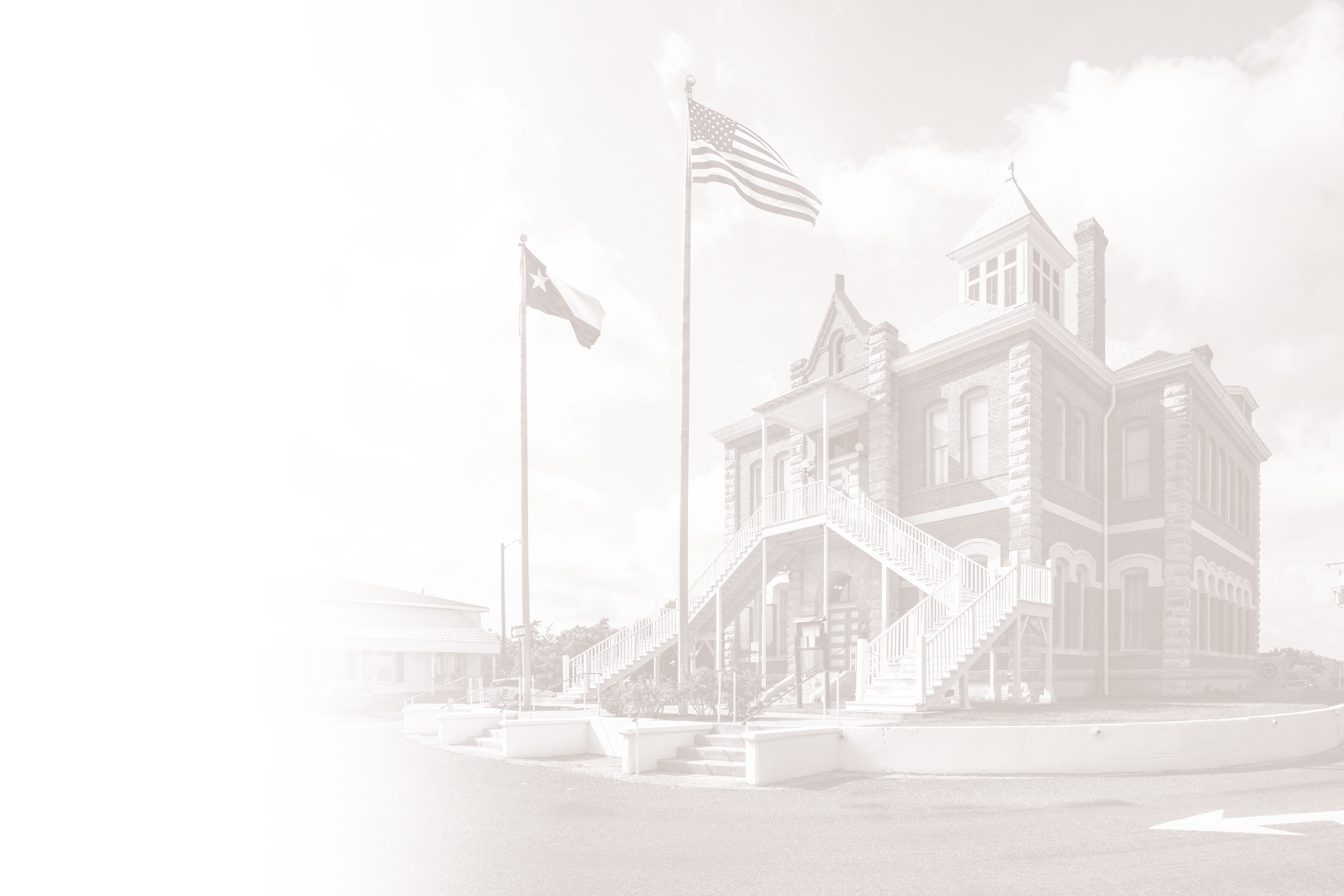With a state as large as Texas, the transportation networks that connect our communities have played a vital role in the state's economy and settlement patterns. From the railroads to the ranch roads, the city streets to the interstates, these systems shape the Texas landscape. Natural crossings dictated where the earliest travelers established routes, and many modern roadways follow the same paths. As technology has evolved, so have the methods we use to cross streams, geological features, and even other transportation systems. Follow the story of Texas bridges in our timeline.
Historic Bridges: Identifying, Prioritizing, and Managing is a guide the THC developed for local preservationists. It provides technical information on bridges, along with recommendations for saving historic bridges in Texas.
Metal Truss Bridges: Engineering Elegance
Metal truss bridges are a dwindling historic resource in Texas, although they were once common across the state. Pictured left is a bridge found near Clifton in Bosque County. Designated as a Recorded Texas Historic Landmark, the 1884 structure is one of few remaining Whipple trusses in the state. Check out an interactive version of this bridge photo on our Metal Truss page.
Visit the Texas Department of Transportation's Historic Bridges page to find out more about truss bridges, including a visual glossary of all the parts of a typical truss structure.
Post-World War II Era: Innovations and Leadership
From 1945 to 1965, engineers in Texas worked with new materials and construction methods to develop innovative approaches to bridge design. Some bridges from this time period are the earliest examples of technology eventually adopted as national standards or that served as important steps toward a better understanding of steel and concrete. Learn more about Post-World War II Bridges.
Other Bridge Types
THC hosted interns in 2015 to gather material from various reports about historic bridges around the state. Ben Jones and Sarah Cuk, history majors at Rice University and the University of Texas at Austin, respectively, worked throughout the summer to learn about road and bridge construction and different formats for sharing information online.
Browse the Historic Bridges menu, below, for opportunities to learn about masonry arches, reinforced concrete, suspension bridges, and more, including a candid look at the students' insights after a summer learning about infrastructure.
